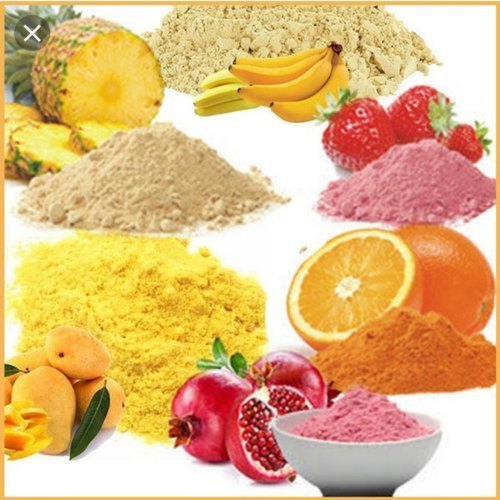Zucchini Details
Zucchini, also known as courgette, is a popular summer squash that is widely used in cooking for its mild flavor and versatility. Here's a detailed look at zucchini:
1. Types of Zucchini:
- Green Zucchini: The most common variety, with smooth, dark green skin and tender flesh.
- Yellow Zucchini: Similar in taste to green zucchini but with bright yellow skin. It's often used for visual appeal in dishes.
- Round Zucchini: These are small, spherical zucchinis that are ideal for stuffing.
- Striped Zucchini: Some zucchini varieties have light green stripes or speckles, adding a unique look to dishes.
2. Culinary Uses:
- Raw: Zucchini can be eaten raw, often sliced into salads or cut into sticks for dipping.
- Grilled or Roasted: Zucchini slices or halves can be grilled or roasted, bringing out their natural sweetness.
- Sautéed: Zucchini can be quickly sautéed with garlic and herbs for a simple side dish.
- Stuffed: Larger zucchini can be hollowed out and stuffed with a variety of fillings, such as rice, meat, or vegetables.
- Baked Goods: Zucchini is often used in baking, such as in zucchini bread or muffins, where it adds moisture without affecting the flavor.
- Noodles (Zoodles): Zucchini can be spiralized into noodles (commonly known as zoodles) as a low-carb alternative to pasta.
- Soups and Stews: Zucchini can be added to soups and stews, where it absorbs the flavors of the broth.
3. Nutritional Benefits:
- Low in Calories: Zucchini is low in calories, making it an excellent choice for weight management.
- Rich in Vitamins and Minerals: Zucchini is a good source of vitamin C, vitamin A, potassium, and folate.
- High in Antioxidants: Zucchini contains antioxidants like carotenoids, which support eye health and reduce inflammation.
- Hydration: Zucchini has a high water content, contributing to hydration and helping to keep you full.
4. Agriculture:
- Growing Conditions: Zucchini grows best in warm climates with plenty of sunlight. It prefers well-drained, fertile soil and needs regular watering.
- Harvesting: Zucchini is typically harvested when it's about 6 to 8 inches long, though it can be picked smaller for more tender flesh. If left to grow, zucchini can become quite large, but these larger specimens are often tougher and better suited for stuffing or baking.
5. Cultural Significance:
- Global Use: Zucchini is used in various cuisines worldwide, particularly in Mediterranean, Italian, and Middle Eastern dishes.
- Historical Background: Zucchini is believed to have originated in the Americas and was later introduced to Europe by explorers. It became a staple in Italian cuisine, where it is known as "zucchina."
- Culinary Traditions: Zucchini is central to dishes like ratatouille in France, stuffed zucchini in the Mediterranean, and zucchini fritters in Greece.
6. Storage and Handling:
- Shelf Life: Zucchini should be stored in the refrigerator and can last for about one week. It’s best kept in a plastic bag to retain moisture.
- Avoiding Spoilage: To avoid spoilage, use zucchini while it’s still firm and without any soft spots. If zucchini becomes too soft, it can still be used in soups or baked goods.
7. Health Benefits:
- Digestive Health: The fiber in zucchini supports a healthy digestive system and can help prevent constipation.
- Heart Health: Zucchini’s high potassium content helps regulate blood pressure, and its low sodium content makes it heart-friendly.
- Blood Sugar Control: Zucchini is low in carbohydrates and can help manage blood sugar levels, making it a good choice for those with diabetes.
QUICK LINKS
- Onion
- Garlic
- aubergine
- Bell pepper
- Carrot
- Cabbage
- Tomato
- Zucchini
- Broccoli
- Potato
- Sweet potato
- Radishes
- corn
- Spinach
- Persimmon
- Apples
- Kiwi
- Cherries
- Lemon
- Banana
- Grapes
- Mangosteen
- Dragon fruit
- apple
- apple
- kiwi
- cherry
- lemon
- banana
- grape
- mangosteen
- dragon fruit
- papaya
- pineapple
- avocado
- orange
- strawberry
- mango
- mangbeans
- green peas
- split peas green
- split peas yellow
- soybean
- Toor dal
- beluga lentils
- masoor dal
- brown chickpeas
- Horse grams

